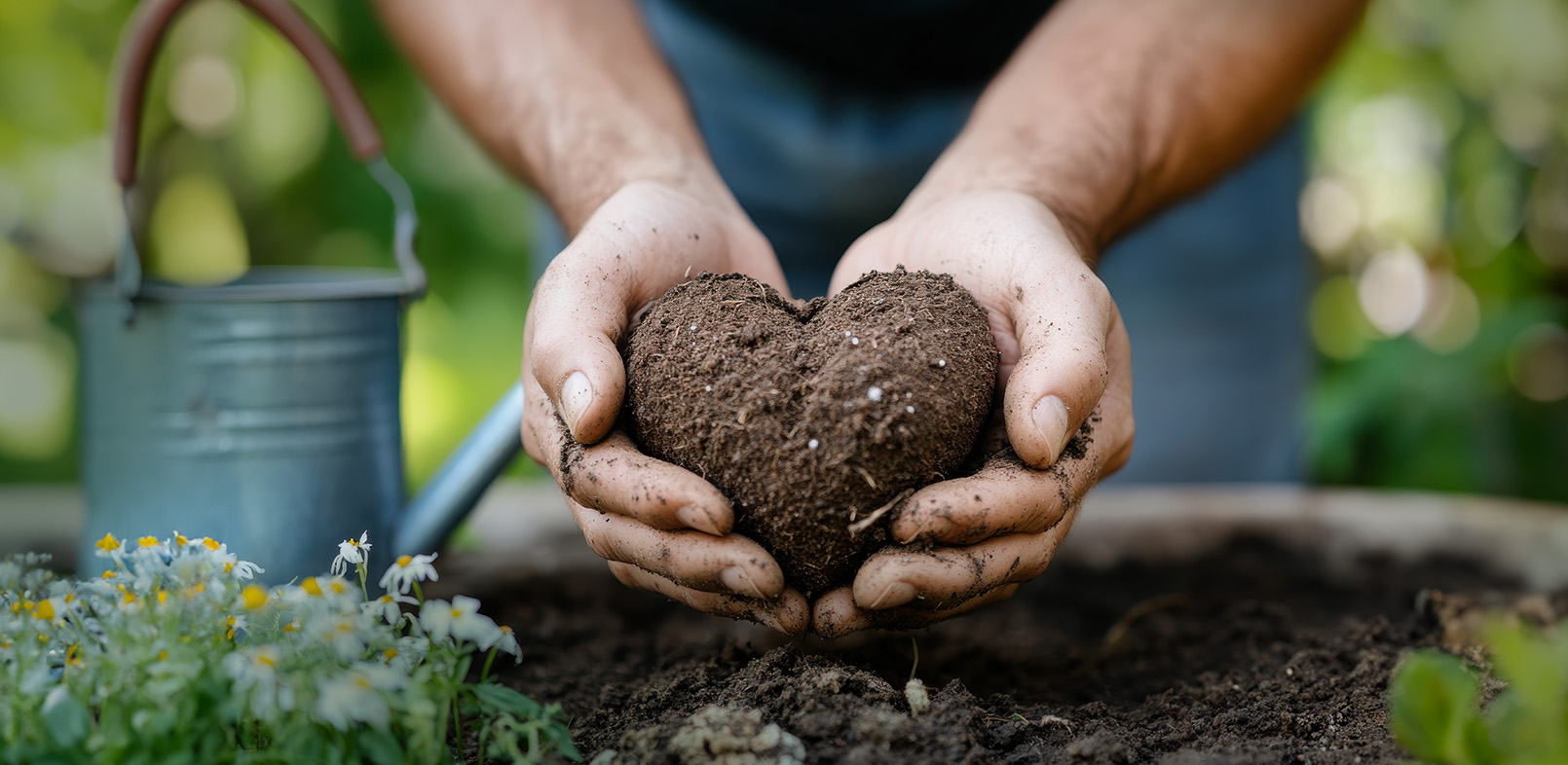
- By: admin
- Comments (0)
- Jun 25
The Ultimate Guide to Soil Health: Why It Matters and How to Protect It
When you think about growing a beautiful garden or a bountiful farm, what’s the first thing that comes to mind? Many of us jump straight to seeds, water, or sunshine. But the true hero behind every thriving plant is often overlooked: the soil beneath our feet. Healthy soil is the foundation of all plant life, the secret sauce that fuels growth, supports ecosystems, and even helps fight climate change. In this guide, we’ll dive deep into what soil health really means, why it’s so important, and how you can protect and improve it, even if you’re just tending a small home garden.
What Is Soil Health?
Soil health isn’t just about dirt. It’s a complex, living system made up of minerals, organic matter, air, water, and countless microorganisms all working together. Healthy soil supports plants by providing essential nutrients, giving roots room to grow, retaining water, and hosting beneficial microbes. It’s like a living community that sustains life above ground as much as below.
Why Soil Health Matters
Imagine trying to build a house on shaky ground, it just wouldn’t stand strong. The same goes for plants without healthy soil.
- Nutrient Supply & Root Support: Healthy soil holds nutrients like nitrogen, phosphorus, and potassium, the famous trio that you often hear about in NPK fertilisers, in forms that plants can easily absorb. This nutrient availability is crucial for strong root systems and lush growth.
- Water Retention: Good soil acts like a sponge, soaking up water during rains and slowly releasing it when plants need it most. This means less frequent watering and healthier plants.
- Biodiversity: Healthy soil teems with bacteria, fungi, insects, and worms that work behind the scenes to cycle nutrients, suppress diseases, and keep the ecosystem balanced.
- Climate Change Fighter: Did you know that soil stores more carbon than the atmosphere and all plants combined? Healthy soils help capture carbon dioxide, reducing greenhouse gases.
- Economic & Health Benefits: Better soil means better crops, higher yields, and food rich in nutrients, benefiting farmers, gardeners, and everyone who enjoys fresh produce.
Challenges Threatening Soil Health
Unfortunately, soil health is under constant threat:
- Soil Compaction: Heavy tools, vehicles, and even too much foot traffic press soil particles tightly together. This leaves little space for air and water, stunting root growth.
- Soil Salinity: In some areas, especially dry or irrigated lands, salt builds up in the soil, damaging plants and microbes.
- Urban Contamination: Heavy metals and pollutants in city soils can make growing food risky without proper testing and remediation.
- Climate Change: Unpredictable rainfall, droughts, and extreme temperatures stress the soil system and affect its health.
The Hidden Helpers: Soil Microorganisms
Beneath the surface, billions of tiny organisms perform critical work:
- Microbes & Enzymes: Soil bacteria and fungi produce enzymes that break down organic matter, releasing nutrients that plants need.
- Mycorrhizal Fungi: These fungi form symbiotic relationships with plant roots, expanding their reach for water and nutrients, including those tricky phosphorus elements.
How to Improve and Maintain Soil Health
1. Add Organic Matter
Compost and mulch are gardeners’ best friends. They improve soil structure, feed microbes, and slowly release nutrients, helping reduce reliance on chemical NPK fertilizers.
2. Use NPK Fertilizers Wisely
While organic matter is vital, sometimes soil lacks key nutrients. NPK fertilizers provide nitrogen (N), phosphorus (P), and potassium (K) in balanced amounts to fill those gaps. But be careful: overusing chemical fertilizers can harm soil life, so always test your soil first and apply only what’s needed.
3. Practice Cover Cropping and Crop Rotation
Growing plants like legumes between main crops can naturally fix nitrogen in the soil. Rotating crops prevents nutrient depletion and reduces pests.
4. Prevent Soil Compaction
Avoid heavy machinery on wet soils and minimise foot traffic. Consider raised beds or no-till gardening to keep the soil fluffy and aerated.
5. Manage Soil pH
Some plants prefer acidic soil, others alkaline. Using lime or sulfur can adjust pH, making nutrients from NPK fertilizers more available to plants.
6. Water Smartly
Efficient irrigation prevents waterlogging or drought stress. Mulch helps retain moisture and keeps soil temperature stable.
7. Address Contamination
If you garden in urban areas, test your soil for heavy metals. Use raised beds with clean soil or phytoremediation plants to reduce toxins.
Monitoring Soil Health
You can’t manage what you don’t measure! Basic soil tests give insights into nutrient levels, pH, and organic matter content. Advanced tools like soil sensors and biological assays are becoming more accessible and offer real-time monitoring for serious gardeners and farmers.
Soil Health and Climate Change: The Big Picture
Healthy soils are a powerful tool in combating climate change. By increasing organic matter and minimising disturbance, soil acts as a carbon sink, locking away carbon that would otherwise contribute to global warming. Every compost pile and cover crop planted is a small step toward a cooler planet.
Conclusion
Soil health is more than just dirt, it’s a living, breathing foundation for life. By understanding its complexities and caring for it through organic matter, smart use of NPK fertilizers, good watering practices, and avoiding damage, you’ll grow healthier plants, protect the environment, and enjoy the satisfaction of working in harmony with nature.